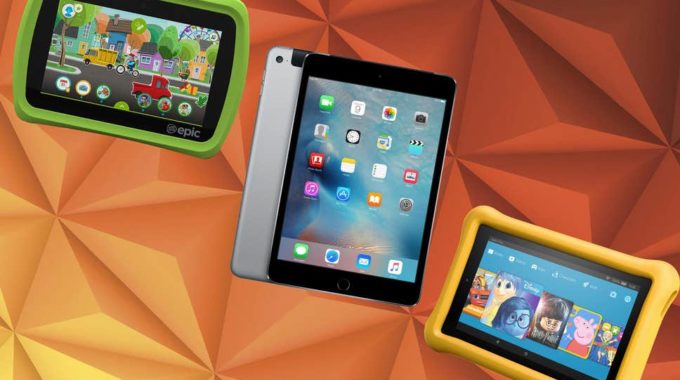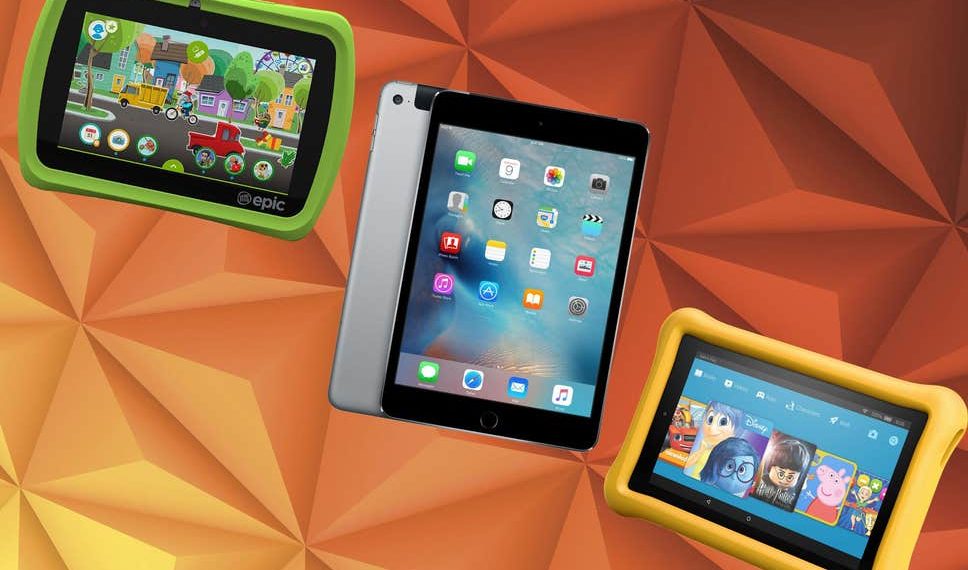The computer era has dawned. Going forward a strong technological skill set and knowledge base will be mandatory in both business and leisure. A weak or limited aptitude in technology will limit options available to everyone young and old. Not only will a lack of computer knowledge prove to be a burden in obtaining employment but it will hamper ones ability to research properly, network efficiently and maximize use of limited time constraints. Many parents, therefore, are encouraging their children as early as possible to get acquainted technology via a children’s computer.
Still, in spite of the widely evident and much anticipated on-going need for children to develop proficiency with regard to computer literacy, many parents still have reservations about the children’s computer. This reaction is quite normal considering the extreme gap that exists between the two generations with regard to technology. Many parents today had limited if any, exposure to modern day technology and certainly not to the degree available today. Many saw a computer as tool used in their place of employment or gadget for entertainment. A children’s computer to them may seem akin to a children’s telephone or a children’s VCR or DVD player. Nice, but not particularly essential to a child’s development. Other parents have the same reservations about a children’s computer that their parents had about the Television: it is a device that will hamper learning and decrease attention. Still others worry about the dangers that exist on the internet in light of the heightened awareness of predators and sites with
explicit content. While some of the fears are legitimate and concerns are well founded,they should not be allowed to eclipse the benefits of training children to be computer literate at an early age.
Those parents wishing to encourage their children to explore and develop technological ability may wonder what is a children’s computer and how does it differ from the one that may already be present in the home. A spectrum of possibilities exists. A children’s computer can be the same computer used by the rest of the family with some parental controls and special software added. It can be an older, slower computer that is not connected to the internet and runs learning software available at the local library. On the high end, machines are available that have special buttons and keys that are allow small fingers to easily type and large characters that aid in recognition. Some of these machines are built with extra rugged material to take abuse often dished out by active youth.
Parental control is the key encouraging children to thrive in the computer age and beyond. Preparing children to understand and feel comfortable with a computer is a skill that can last a lifetime. Monitoring web sites, installing learning-based software and limiting the amount of time spent on the computer will keep your children abreast of the technology while helping them to grow into well-rounded adults.















